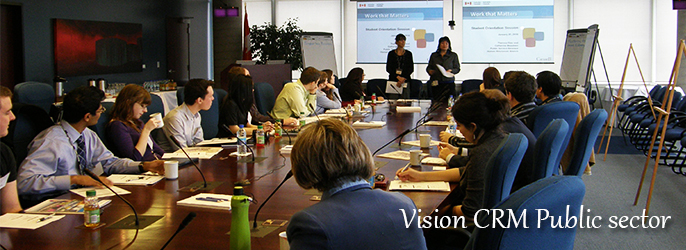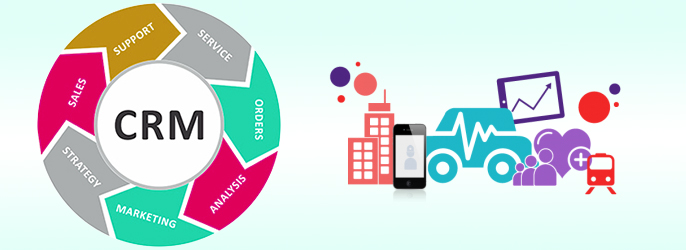
CRM Public Sector
Vision CRM Public sector has improved government’s engagement with citizens but it would be dangerous to see it as an altruistic tool. After all, “the real issue is not simply changing the tools (technology), but in transforming organisations and sectors to improve the outcomes of government and public services,” said Butler.
Sign up to get FREE CRM Trial
For example, it will always pose as a challenge for call agents to be familiar with a large repository of information from about 1500 government institutions or departments in Sri Lanka. Also, these call agents only retain their positions for a short period of time. This means more channeling of resources to the frequent training of new call centre staff.
Another problem with CRM is that, often, governments purchase a suite of solutions and end up paying for functions they do not need. “Being a public sector, we are mostly delivering services that people need rather than want, and sometimes, we do not need certain solutions,” said Andrews.
We have a solution for this. “We have a set of public sector pricing. Depending on central government, local government or even sector specific such as education or healthcare, we have different price lists that apply but we will certainly tailor these solutions to every agency’s need. Microsoft’s Dynamics CRM is value-based processing. It is flexible and designed to be customised for the exact needs for whichever entity in the public sector, through services from our partners and the templates we provide to give you the exact implementation you need.
Farmer agrees that change management is the single biggest challenge facing the public sector in their deployment of CRM. “Changing the attitudes of users will always be an issue. Public servants are used to doing things in a certain way. How do you train and change the mindsets of government workers particularly in a large country like India and what approach do you take?”
“Naturally, there are many who hold the view that things have not gone far enough but it is an on-going process of transformation that will ultimately see a more concerted approach to delivering public services to citizens across agencies or between agencies who should work closer together in a more holistic way. There is no doubt that developments in technology will continue to give us new avenues to pursue and new opportunities for innovation. While this is the case, it still needs visions and leadership to make real and significant progress,” added Butler.
Gartner has this advice for government looking to reap the benefits from CRM. “Ensure that your local channel partners offer certified implementation services, because skills challenges will remain a significant regional issue through 2010. Choose vendors that offer local support services – many organisations consider this a critical criterion in vendor selection,” said Kaila.
Technology aside, Andrews cites another important aspect of a CRM solution that is often overlooked but plays an integral part in the success of the system.
“There is a very special element of the contact centre that functions as a system, and without it we would fail. The CRM and telephony platform enable, support, streamline and encourage good customer service but the call handlers, are what makes it all tick. Without their high level of customer service we would not be the top performing public sector contact centre for customer service in the United Kingdom,” said Andrews.




